What’s the distinction between all of the disc pads? Which of them must you get in your bike and your kind of using?
There are a whole lot of totally different variables with disc brake pads, for Street, Gravel, E-Bike and MTB. Not solely do you must get the accurately formed disc pad that matches your specific brake caliper, however you even have to decide on what kind of compound you need the pad to be manufactured from.
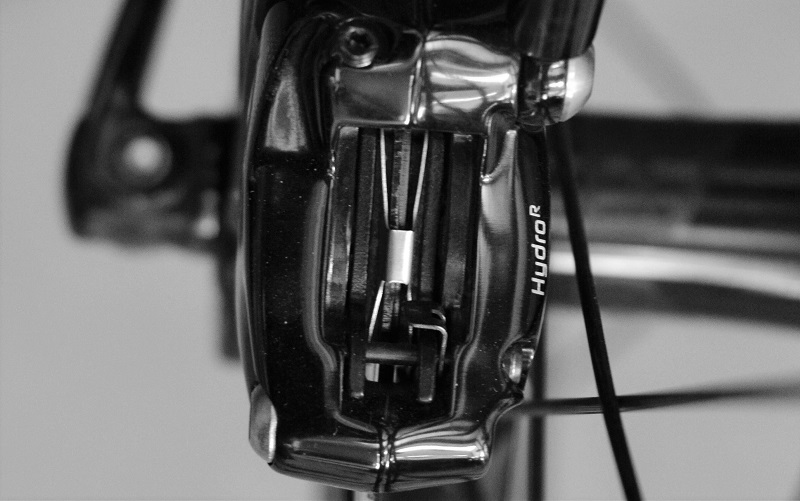
Form
Totally different brake calipers have totally different shapes and totally different strategies of holding the pads in place. Fortunately getting the proper formed pad is fairly apparent.
Have a look at what your brake is known as (it’s normally written on the lever reservoir and/or the caliper physique) after which discover a disc pad of the identical title. If the mannequin names don’t fairly match or are incomplete, take your exisiing pads out and double-check the form of them in comparison with the potential alternative pads’ form.
Compound
That is the place it will get complicated. Essentially there are three sorts of brake pad compound, though some producers confuse issues by utilizing new buzzwords or sound-alike terminology.
The three elementary compound sorts are: sintered, natural and semi-metal.
Sintered pads are typically referred to as “steel” or “metallic”. Natural pads are typically referred to as “resin”.
Every of those three compounds has their very own advantages and drawbacks. Their is not any good brake pad for each rider or kind of using.
Professionals and cons to every compound
You possibly can’t actually inform what compound a pad is simply by taking a look at it (effectively, until you’re an actual pad geek anyway!) so that you’ll have to examine the product description or packaging fastidiously for data.
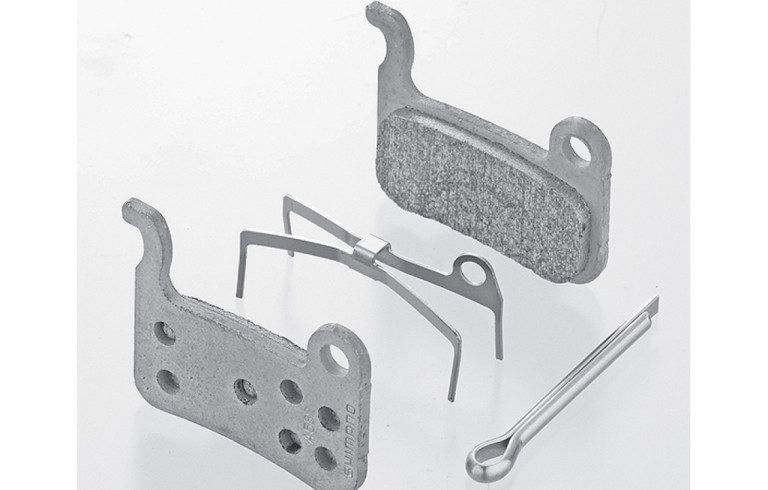
Sintered execs
- They final the longest.
- The pad materials can face up to very excessive temperatures.
- They don’t glaze over.
- They’ve plenty of energy on the final top-end energy (sustained excessive velocity DH stuff).
Sintered cons
- They take ages to mattress in.
- Excessive temperatures may cause mineral oil methods to fade on very lengthy sustained descents.
- They lack preliminary chew really feel.
- Will be noisy.
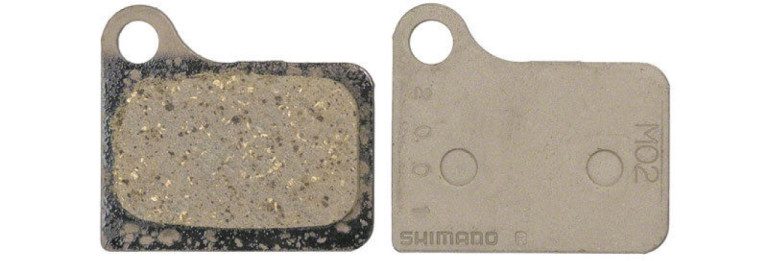
Natural execs
- Fast to mattress in.
- Excellent preliminary chew really feel and modulation.
- Much less noisy.
- They don’t cross as a lot warmth into mineral oil methods.
Natural cons
- Not as lengthy lasting as sintered, particularly in moist circumstances.
- Much less energy on the final top-end energy (sustained excessive velocity DH stuff).
- Can glaze over.
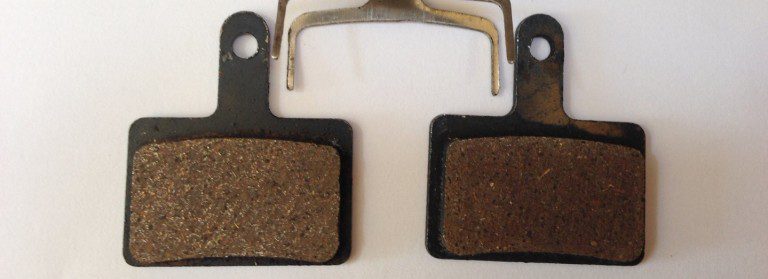
Semi-metal execs
- A lot of the greatest bits of sintered and natural compounds. They’re principally natural pads with sintered stuff added to them.
- Good final top-end energy.
- First rate chew really feel and modulation.
- Good sturdiness.
Semi-metal cons
- Can glaze over.
- Not all semi-metal compounds are the identical ie. totally different manufacturers could have totally different sintered-to-organic combine ratios.
- Normally a bit costlier.
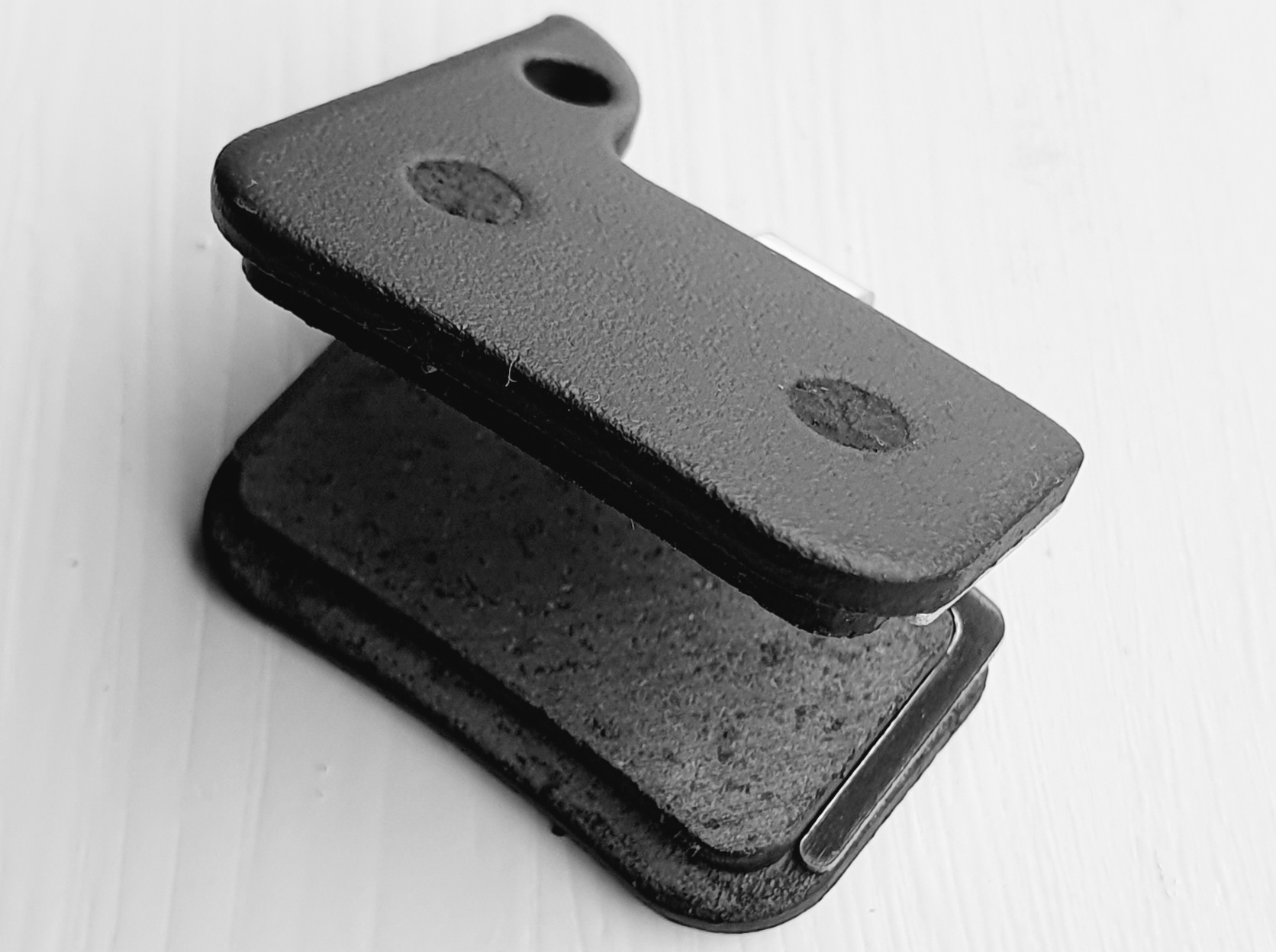
Which type must you purchase?
It relies upon.
One factor we might say is that you just don’t must run the identical pad compound in each your brakes.
Lots of skilled MTB riders run a sintered pad within the rear brake and an natural pad up entrance. The rear brake requires much less energy and really feel so it is sensible to prioritise sturdiness. The rear caliper additionally appears to get extra filth flung by means of it so a harder-wearing sintered pad is sensible. The natural pad within the entrance brake presents good energy and really feel, the place it’s wanted most. The trade-off in sturdiness is effectively price for many riders.
In order for you a simple life and solely need to purchase (and carry) one type of pad, then go for semi-metal pads. Tempting as sintered pads are – as a consequence of their sturdiness – the fact is that they lack energy up entrance and take far too lengthy to mattress in.
Going to the Alps?
That is when it is perhaps a good suggestion to run a sintered pad in your entrance brake – or at the least pack one in your equipment bag in case your natural pads can’t deal with the sustained onslaught.
De-glazing pads
Verify your pads have really run out of pad materials. Typically they could simply be glazed over and feeling like a spent pad. Glazed pads will be introduced again to life with a little bit of sandpaper or gentle submitting.

Push the pistons earlier than placing new pads in
Earlier than inserting your new pads be sure to re-position your caliper pistons totally again within the caliper. Ideally use a plastic tyre lever to push. In case you solely have a flat blade screwdriver (or comparable) then make you positive you retain your expired pads within the caliper while pushing the piston again, that is to guard your pistons from being broken.
It’s a good suggestion to strive to do that activity together with your bike upright ie. don’t flip your bike the wrong way up, as it could introduce air into the system for those who’re not cautious.
Verify your caliper alignment
Together with your expired outdated pads eliminated it’s an excellent time to examine the alignment of your brake caliper. Poorly aligned calipers trigger weak braking, noisy braking and may continuously rub-off velocity. If the rotor isn’t positioned bang in the midst of caliper mouth, take a couple of seconds to undo it and re-align the caliper earlier than inserting your new pads. Double examine the rotor shouldn’t be touching the pads when the pads are put in. If they’re, simply loosen the mounting bolts (under), apply the brake whereas re-tightening the mounting bolts.
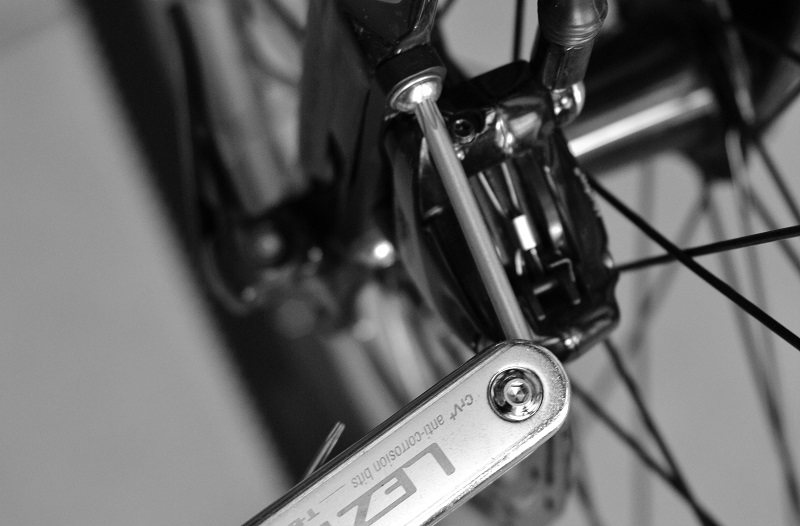
Bedding in disc brake pads
If attainable take a while to mattress your brake pads in correctly. This is probably not attainable for those who’re altering pads mid-ride however for those who’re at house or within the automotive park earlier than a journey then a correct bedding in will reap dividends.
Bedding in disc brake pads principally includes using quick sprints round someplace flat and easy and hauling your brakes on arduous. Do that lots – at the least a dozen occasions. Attempt to not come to a lifeless halt earlier than releasing the brakes (as this may go away a build-up ‘lip’ of fabric on the rotor that can take some time to eliminate).
It sounds faffy and a bit foolish, however bedding in your pads will prolong their lifespan – lots.
When do they want Changing?
Relying on how a lot use they get and in what circumstances they’re used, brake pads will put on down and want changing. It’s good to visually examine pad put on whereas sustaining / cleansing your bike. In case you can hear steel on steel scraping below braking, you’ve gotten left it a little bit too late (under).
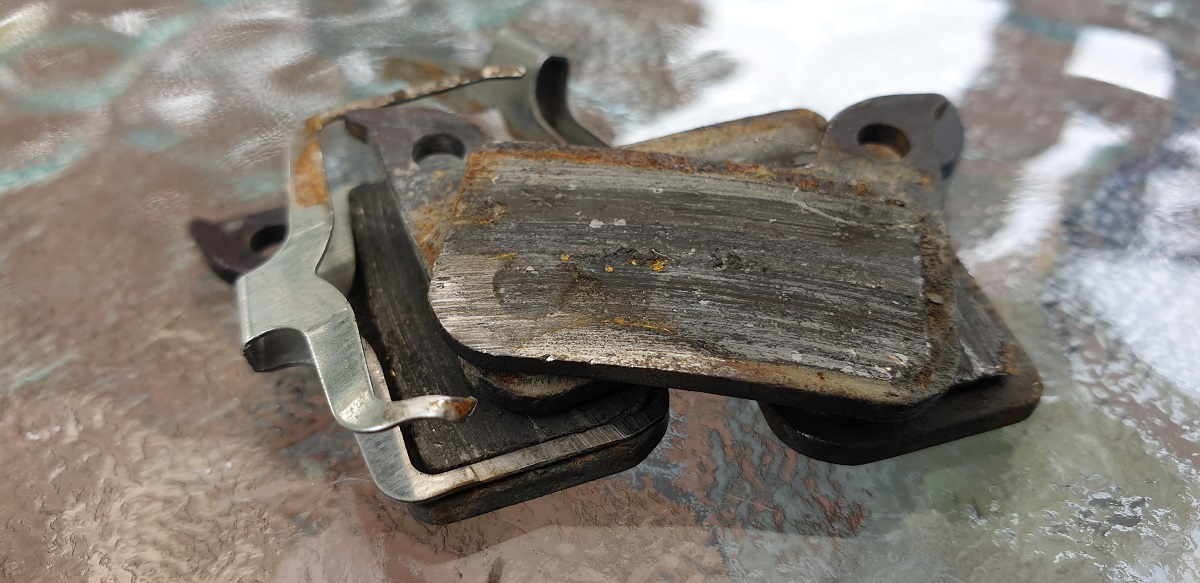
So, which Pads does your bike want?
MTB – Take a look at our vary of Mountain Bike disc brake pads right here.
Street / Gravel – Take a look at our vary of Street / Gravel Bike disc brake pads right here.
E-Bike – Take a look at our vary of E-Bike disc brake pads right here.
We additionally inventory a variety of Rotors and different Disc Brake spares and bleed kits

